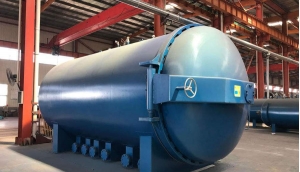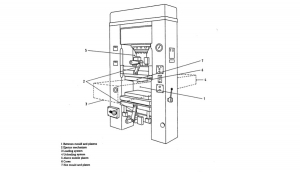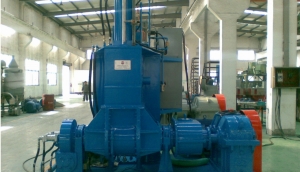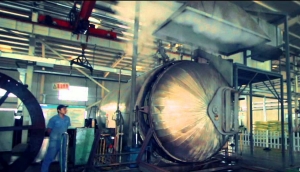- Duqiao economic development Zone, Jingxian, Hengshui, Hebei China
- (86) 188-3188-7776
- sales@minghose.com
Our news
With over 25 years of experience in all industry branches we've built well known name.
Bubble cause in vulcanization of rubber products
Mechanical hazards-1_Rubber Processing
These vary considerably with the press type and the operating procedure used. At most presses there are trapping hazards between:
- the moving moulds/platens, either under power and by gravity fall;
- the moving platens and the press frame/press tables;
- mould loading and stripping devices.
The following diagrams shows the main danger areas on a frame construction down-stroking compression press and how fixed and interlock guards can be used to minimise the risk.
Transfer moulding_Rubber Processing
Transfer moulding
This is a variation on compression moulding and involves loading a pre-formed blank of rubber in a cavity connected to the mould cavity by a runner. The blank is compressed when the mould closes and is forced under pressure into the mould cavity. The safety considerations are the same as for compression moulding.
Injection moulding
This produces precision mouldings. The rubber is pre-heated and a rotating screw forces it into the mould cavity under pressure. Vertical injection moulding machines are more common than the horizontal type generally used in plastics processing.
Injection moulding machines can have a manual mode where the operator removes the moulded item at the end of each cycle. More common are semi-automatic or fully automatic machines where conveyor or pick and place robots remove the moulded product. Injection moulding machines tend to operate at faster speeds and on shorter cycle times than compression/transfer moulding, which effectively increases the potential risk to the operator from mechanical hazards.
Vulcanisation (including presses, autoclaves and continuous vulcanisation)
Moulding
Introduction
All vulcanising methods can cause burns. Insulate hot machine surfaces to prevent accidental contact where possible. Otherwise, warning signs and protective clothing (for lower arms as well as hands) are likely to be required.
Compression moulding
Compression moulding is the most common moulding technique used in the rubber industry. It involves pressing uncured rubber between heated moulds so that the rubber compound first fills the mould cavity before curing to produce the finished article. The presses are usually hydraulically or pneumatically powered and the moulds can be heated electrically, by steam, or by oil.
Compression moulding presses are generally vertical (the moving platen is raised or lowered in the vertical plane). The bottom platen can be up stroking or the top platen down stroking. Moulds may be fixed to both the platens, part fixed to a platen, or totally free to be drawn out of the press and loaded and unloaded on a press table. These loose moulds are usually charged (loaded) and stripped (unloaded) by hand. On fixed mould presses, mechanical devices, such as ejector pins or strippers will speed up the operation. This can reduce the need for close approach by the operator but can introduce additional trapping hazards. When thin sheets such as car mats and gaskets, are being moulded it is possible to mould several items per press cycle by using several sets of moulds. Each mould is placed between platens in a multi-daylight press - the number of daylights is the number of spaces between the platens.
![]()
"Conduct our relationships with responsibility, honesty and loyalty. Cherish an excellent work environment with respect and cooperation at all levels. Offer products and services with quality, technology and competitiveness. "
Find us at
MAIN OFFICE:
Duqiao, Jingxian, Hengshui, Hebei Province, China
0086-188-3188-7776
sales@minghose.com
0086 -188 3188 7776
sales@mingflex.com
Monday - Saturday: 8:00 Am - 18:00 Pm
Sunday: Closed






